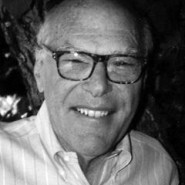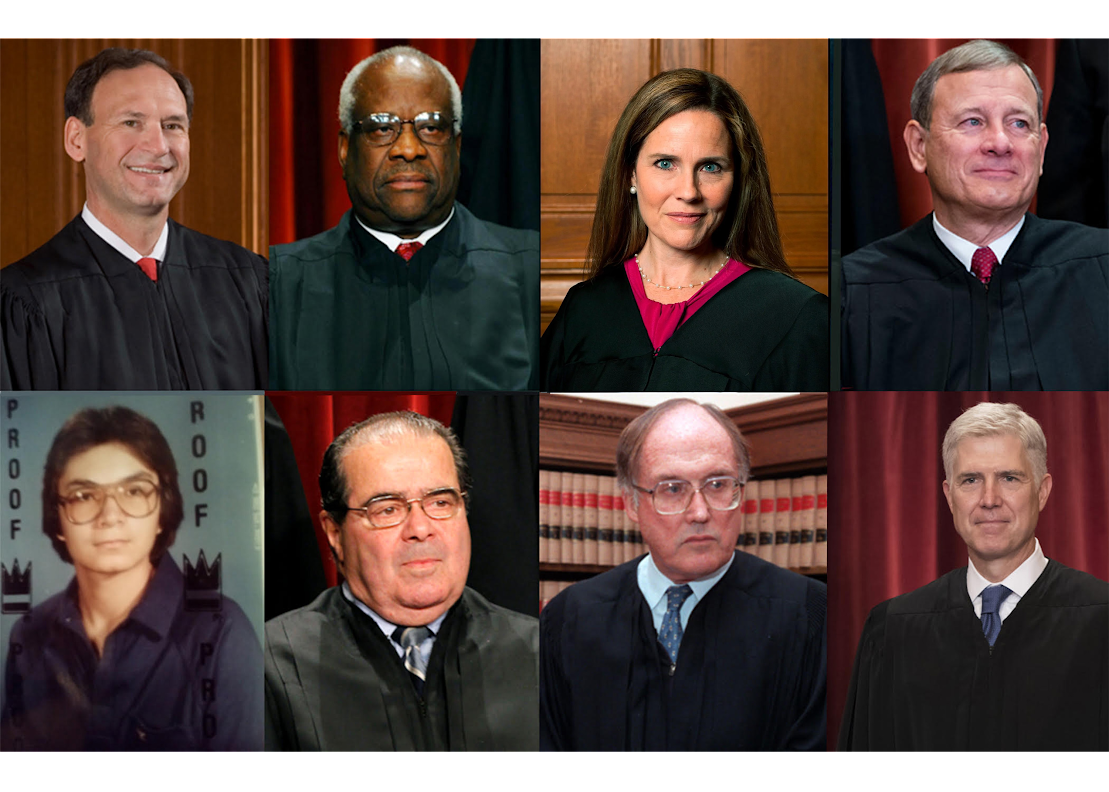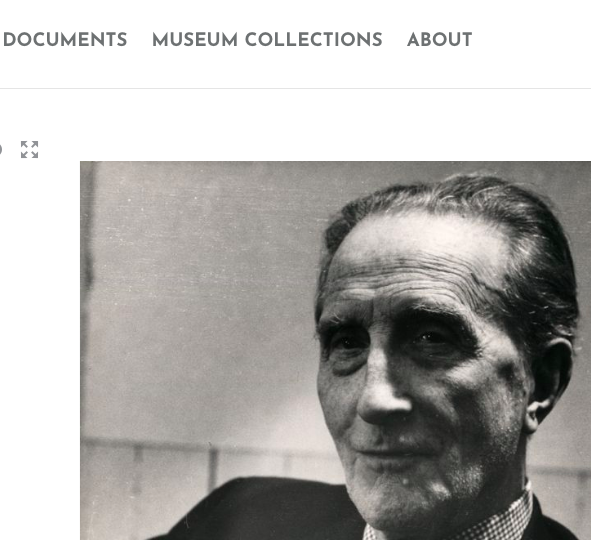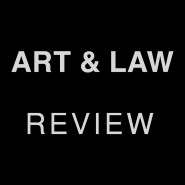I just learned this morning that my mentor, friend, and artist Michael Asher passed away last night. It’s odd, as just last night I was reviewing Mike Kelley’s “Educational Complex Onwards” catalogue and thinking about the impact CalArts has had in my own practice. That’s for another day.
Today, I remember being a young kid from Texas, a recently admitted art student into CalArts’ MFA Art program in 1995. I remember, as many CalArtsians do, signing up to meet with every art school faculty on the roster. I had heard of this person, a Michael Asher, who people talked about but not many were ready to meet with. Being young, not knowing much, and wanting to test the waters, I signed up for a one-hour studio visit with Michael.

I remember that day. I pinned up approximately 4 or 5 wall pieces I was working on, all made of canvas and fastened to the wall with blue plastic grommets. After all, where does art go if not on a wall, right? I was ready to discuss, in detail, my thought process behind each piece and the project as a whole. Michael walked in, I shook his hand, and I began pontificating on the meaning of my work. He stared at me, and after a moment of silence, I asked him what he thought. “Today, we are only going to talk about the grommets,” he said. Thus began my reconsidering the object of art. Little did I know then that when my law school contracts professor stated, “the devil is in the facts,” I would have already experienced that dictum in an art school.
My second recollection, of many, is one that many CalArtsians who participated in Michael’s post-studio class will recollect: the duration of his Friday class. Suffice it to say, that my critique, in his class, of an installation project I was exhibiting in gallery D300 at CalArts, began at 2pm that afternoon and ended near 2am. I was exhausted; Michael was not. This was not a rare event. Michael was prone to showing us films and having us read articles or chapters, in their entirety, during class. No material would go unexamined, no thought left unprobed, no stone unturned.

Michael Asher, viewing a Mark Lombardi drawing, at a group exhibition with my work at Rosamund Felsen gallery, curated by Charles Gaines (1999).
Michael is one reason that I attended law school. But he is more of a reason that I attended law school as an art project. Michael knew this. As he often did, he kidded about it. I spoke to Michael one day via phone, I believe during my 3L year (third year in law school), and we discussed the venerated law school socratic method. “It’s tiddly winks,” he said. “Nothing like your class,” I said. It was true. I divulged how during the day-long post-studio critiques at CalArts I often noted how the critique process was much like a court of law: the artist presenting was the defendant; the other students, the prosecutors, and Michael, the judge. But a judge as a judge should be; not stating his position, but rather inquiring and pressing the parties to think, to question, and to think again.
It is a sad day today, for we have lost another Michael, one of ours. But it is also a day of joy as I know that Michael lives in books, journals, images, and websites. But more so, Michael lives through so many a student and artist he impacted.
Today, we will only talk about Michael.











